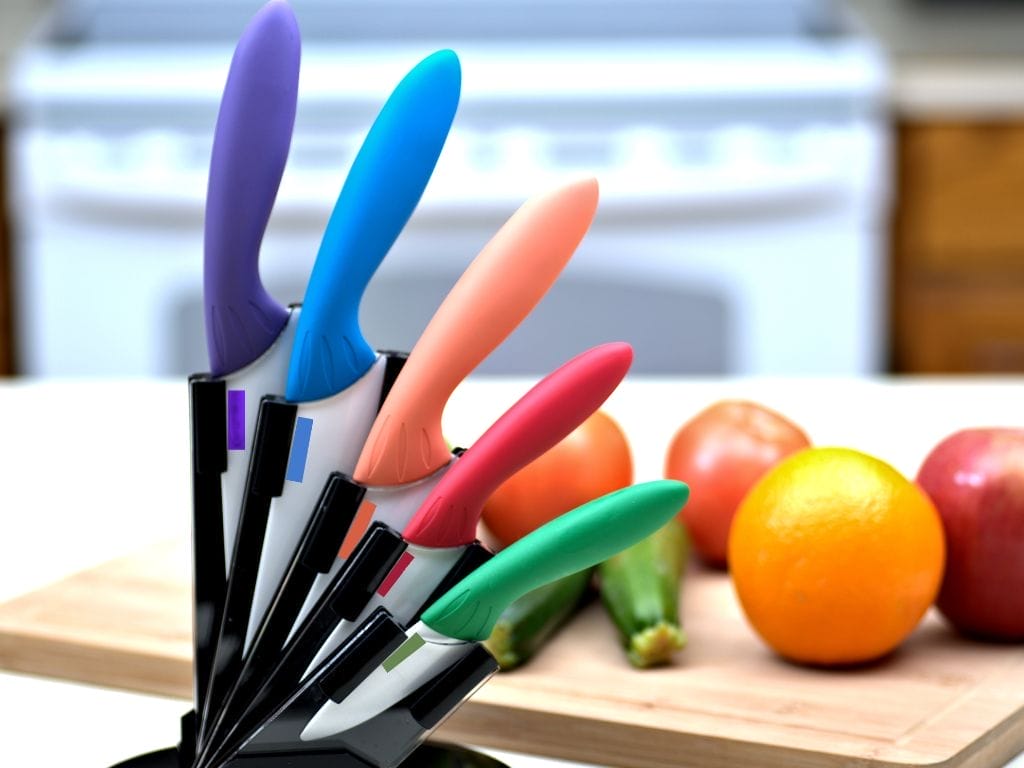10 Interesting Facts about Ceramic Knives
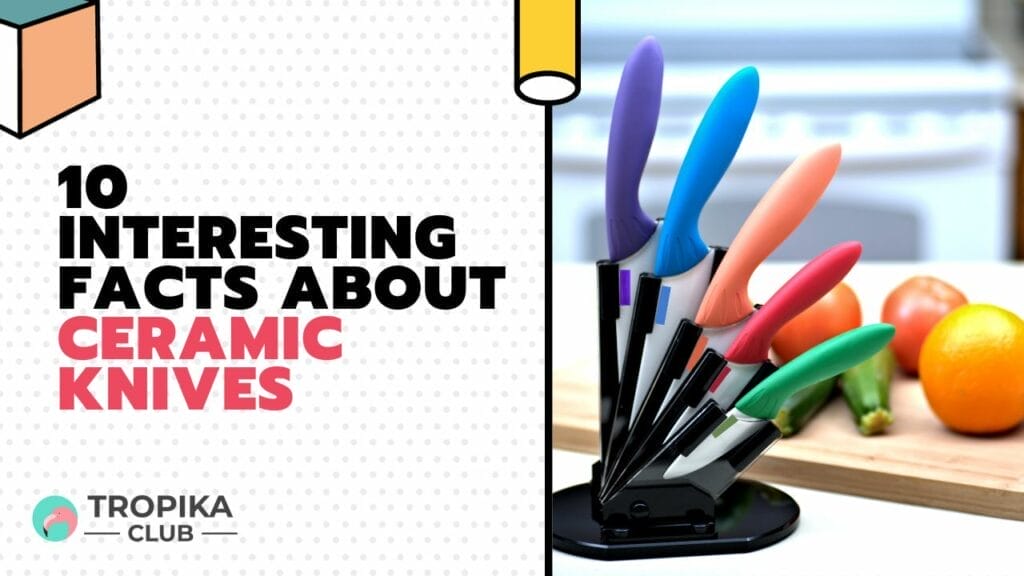
No Time to Read? Here’s a Snappy Summary of This Article
- Razor-Sharp Precision: Ceramic knives boast a cutting edge sharper than steel, ensuring precision cuts and minimal food oxidation.
- Lightweight Marvels: These knives are incredibly light, reducing hand fatigue and making them a favorite among chefs for prolonged use.
- Non-Reactive Wonders: Ceramic doesn’t react with acidic or alkaline foods, preserving the flavor and integrity of your ingredients effortlessly.
- Rust-Free Brilliance: Unlike traditional knives, ceramic blades resist rust, making them perfect for a low-maintenance, corrosion-free kitchen experience.
- Vibrant Color Palette: Ditch the dull metallic look; ceramic knives come in a variety of vibrant colors, adding flair to your kitchen.
Table of Contents
- No Time to Read? Here’s a Snappy Summary of This Article
- 1. The Origin of Ceramic Knives
- 2. Material Composition
- 3. Unparalleled Sharpness
- 4. Lightweight and Easy to Handle
- 5. Corrosion-Resistant
- 6. Non-Reactive with Food
- 7. Limited Flexibility
- 8. Specialized Sharpening Techniques
- 9. Color Varieties
- 10. Price Point
- Meanwhile, Check Out Tropika Club’s Ecosystem of Websites
Introduction
Ceramic knives have been gaining popularity in Singapore for their unique characteristics and benefits. Whether you’re a professional chef or a home cook, understanding the nuances of these knives can elevate your culinary experience. In this article, we delve into 10 interesting facts about ceramic knives that will make you rethink your kitchen essentials.
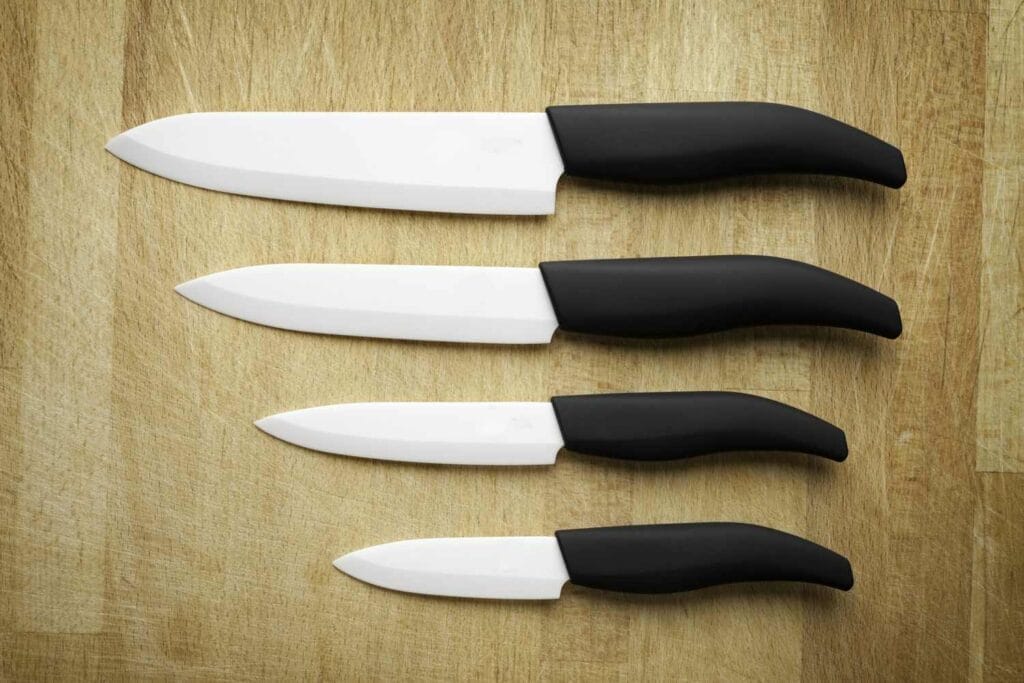
1. The Origin of Ceramic Knives
Ceramic knives are not a modern invention; they date back to the time of the Jomon period in Japan, around 14,500 BCE. Initially, ceramics were used for pottery, but the discovery of their sharpness led to the development of ceramic blades. Over the years, technological advancements have made these knives more accessible and functional.
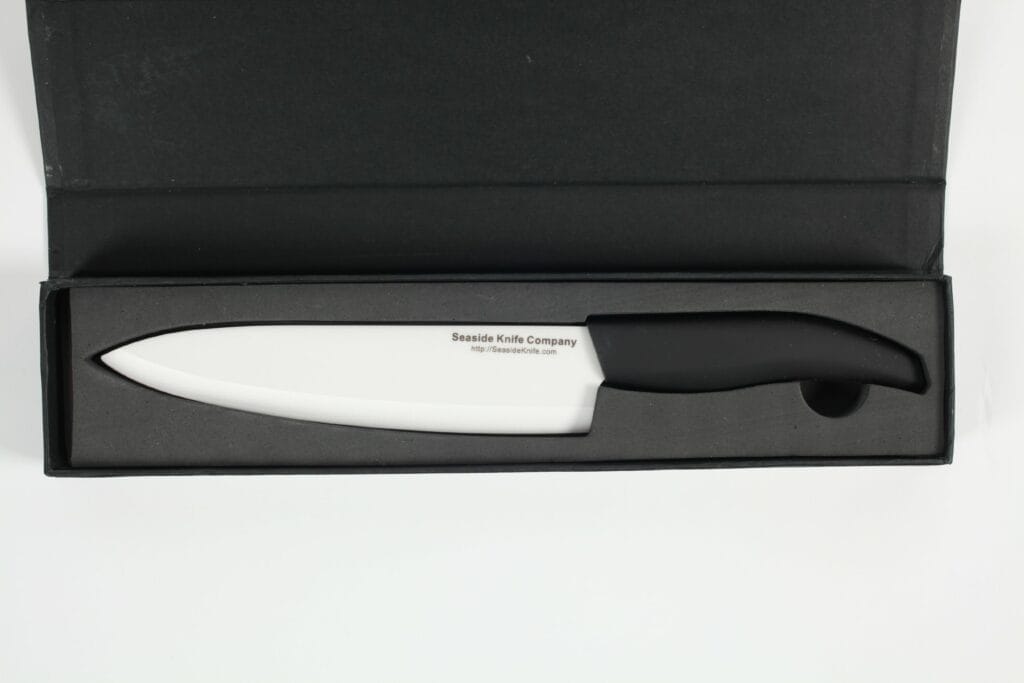
2. Material Composition
Unlike traditional steel knives, ceramic knives are made from zirconium dioxide, a material known for its hardness. The ceramic is compressed under high pressure and then fired at extreme temperatures, resulting in a blade that is incredibly hard and sharp.
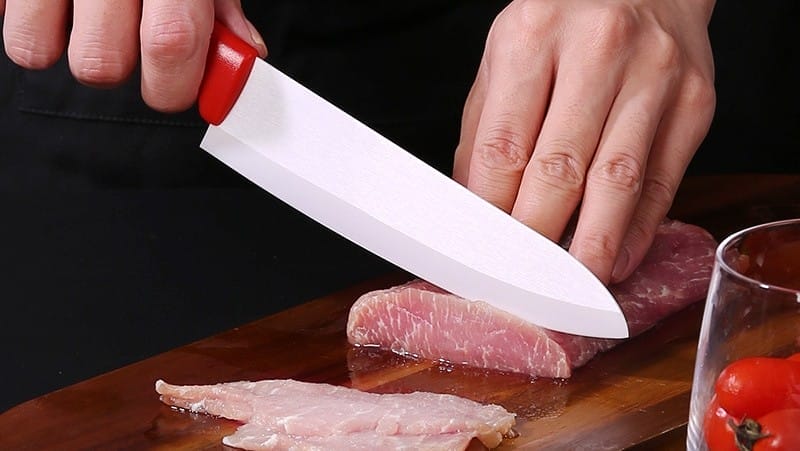
3. Unparalleled Sharpness
One of the standout features of ceramic knives is their exceptional sharpness. The material allows for a much finer edge compared to steel, making it easier to achieve precise cuts. This is particularly useful for intricate dishes that require meticulous preparation.

4. Lightweight and Easy to Handle
Ceramic knives are significantly lighter than their steel counterparts, making them easier to handle and reducing hand fatigue during extended use. This makes them a popular choice among Singaporean chefs who spend long hours in the kitchen.
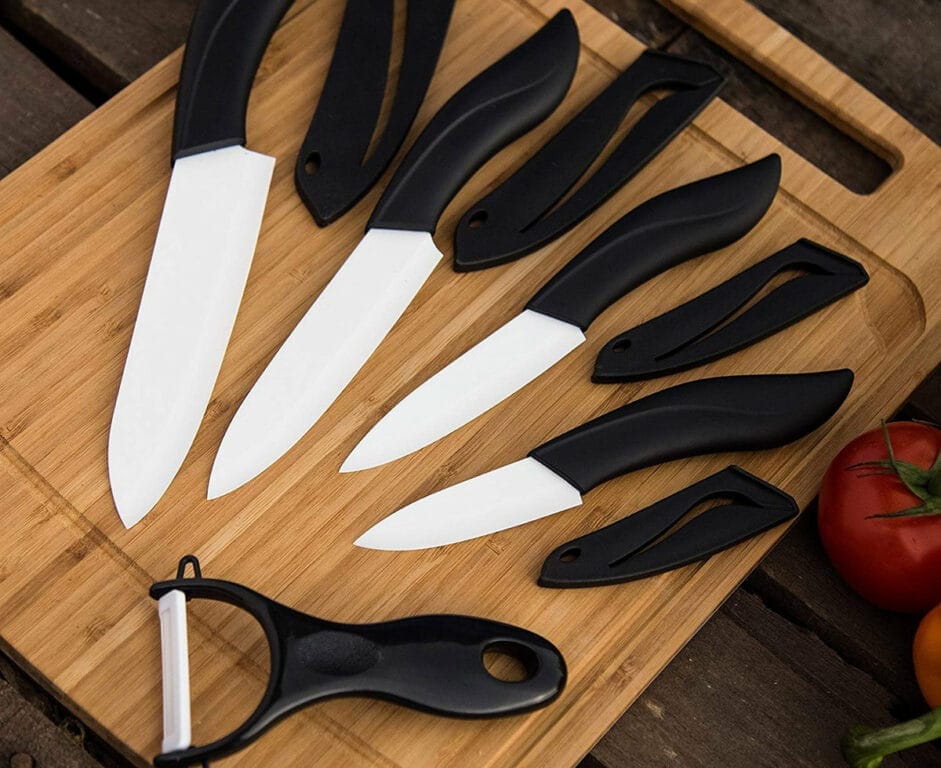
5. Corrosion-Resistant
Ceramic knives are resistant to acids, oils, and salts, making them less prone to corrosion. This property extends their lifespan and ensures that they remain in top condition for a longer period.
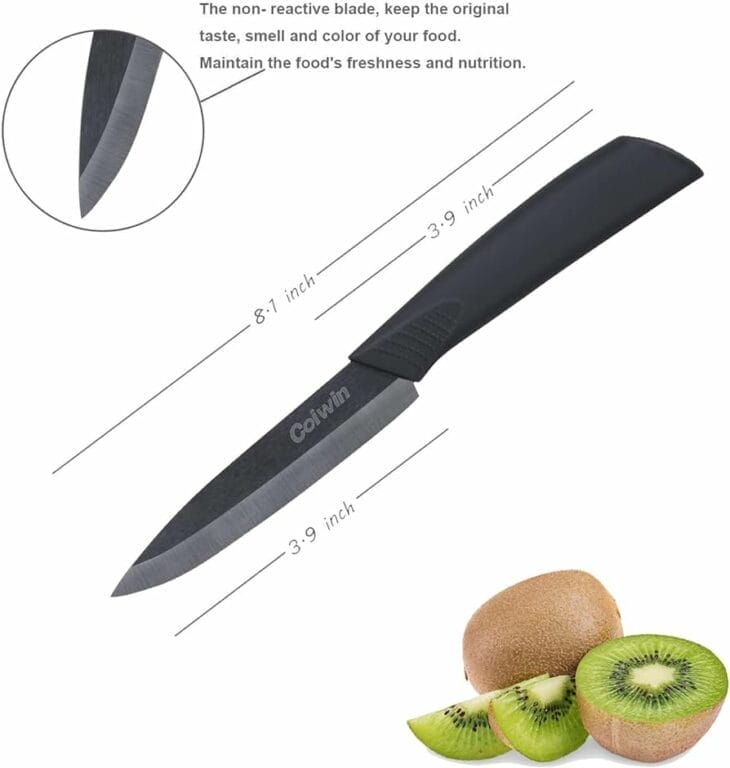
6. Non-Reactive with Food
Unlike steel knives, ceramic blades do not react with acidic or alkaline foods, ensuring that the original taste and color of the ingredients are preserved. This is especially beneficial for dishes that are sensitive to changes in flavor or appearance.
_
Read Also:
Top 10 Best Pottery Studios in Singapore: An Inside Look
_
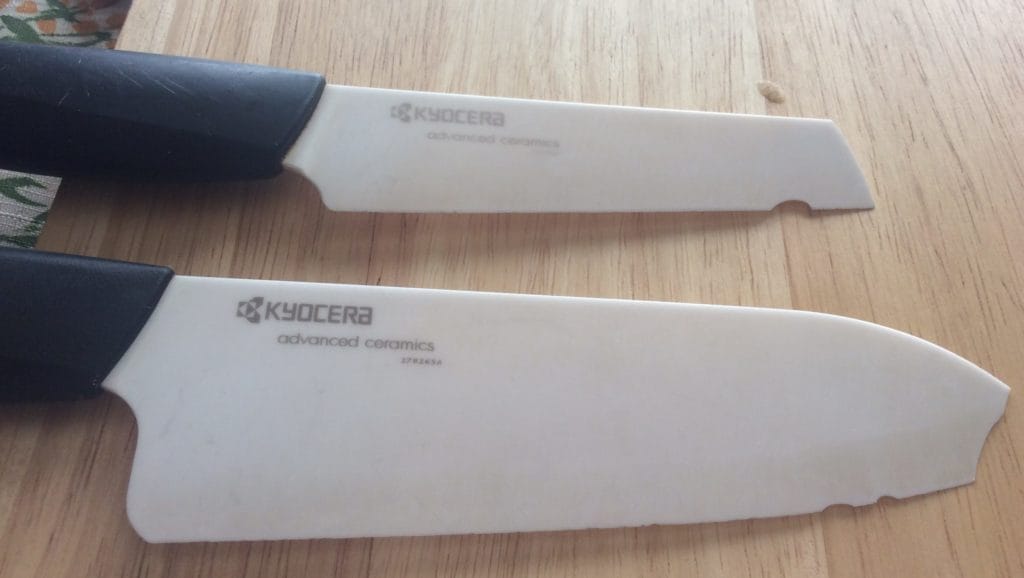
7. Limited Flexibility
While their hardness is an advantage, it also makes ceramic knives less flexible than steel knives. This means they are more susceptible to chipping or breaking if used improperly, such as for prying or twisting.
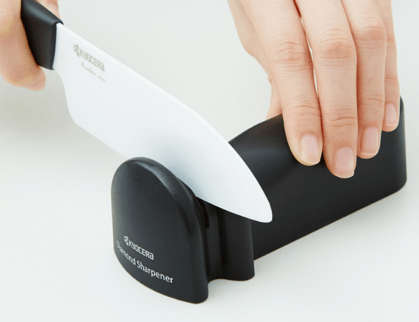
8. Specialized Sharpening Techniques
Sharpening a ceramic knife requires specialized tools and techniques. Standard knife sharpeners are not suitable for ceramic blades, and professional sharpening services are often recommended to maintain their edge.
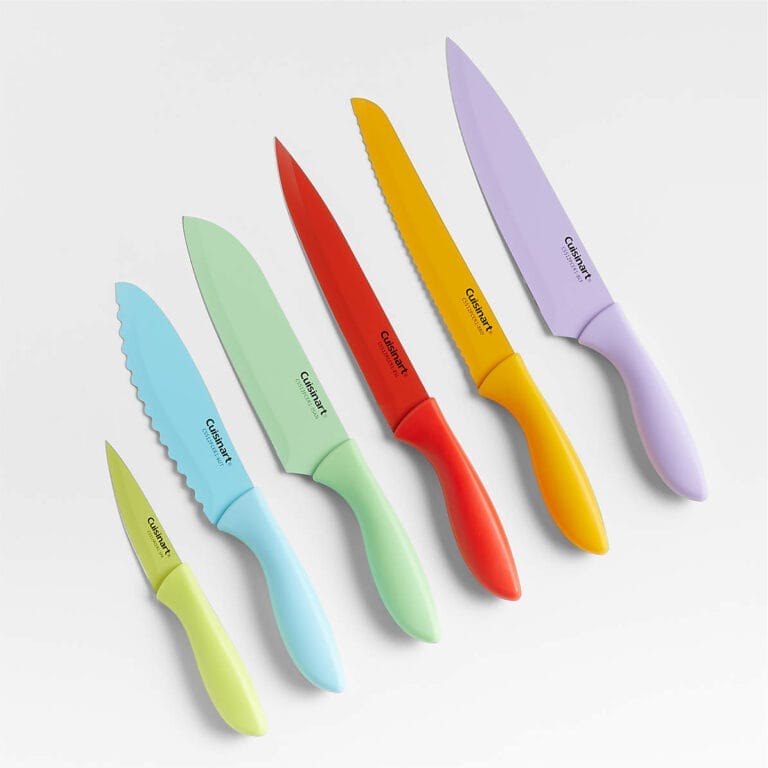
9. Color Varieties
Ceramic knives come in a variety of colors, thanks to the use of natural pigments during the manufacturing process. This allows for a more personalized kitchen experience, as you can match your knives to your kitchen décor.
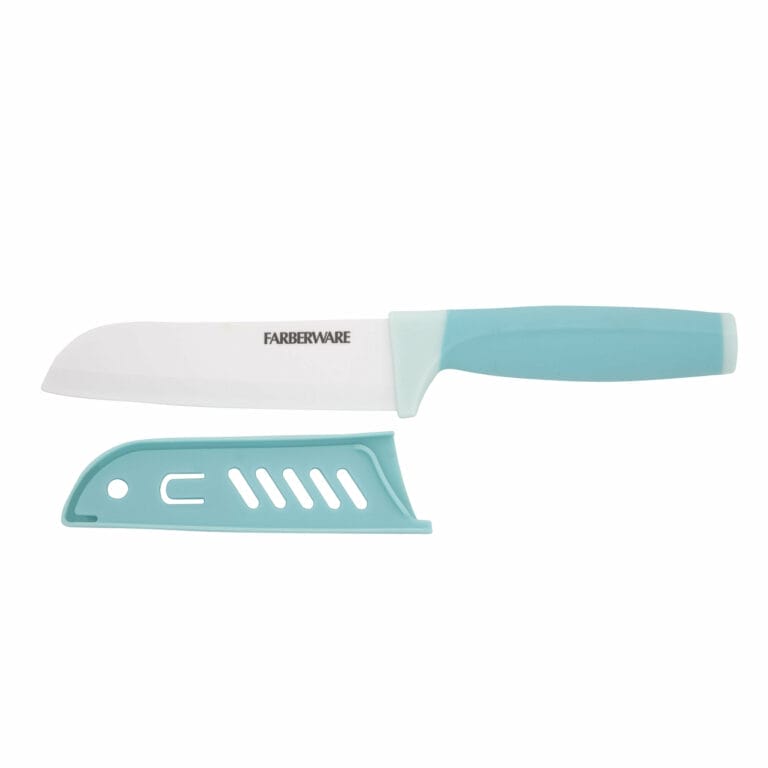
10. Price Point
Ceramic knives are generally more expensive than steel knives due to the complex manufacturing process and the high-quality materials used. However, their longevity and unique properties often justify the higher price point.
Conclusion
Ceramic knives are more than just a trendy kitchen gadget; they are a testament to technological innovation and craftsmanship. With their unique properties, they offer a range of benefits that can enhance your culinary skills and experiences, especially in the diverse food landscape of Singapore. Whether you’re a professional chef or a home cook, investing in a ceramic knife could be a game-changer for your kitchen endeavors.

Frequently Asked Questions (FAQ)
Q: Where can I buy ceramic knives in Singapore?
A: You can find a variety of ceramic knives at leading kitchenware stores and online marketplaces in Singapore.
Q: Are ceramic knives suitable for cutting all types of food?
A: Yes, ceramic knives excel in slicing fruits, vegetables, and boneless meats, but are not ideal for cutting hard or frozen items.
Q: How do I maintain the sharpness of my ceramic knife?
A: To keep your ceramic knife sharp, use a honing rod specifically designed for ceramic blades and avoid cutting on hard surfaces.
Q: Can ceramic knives break easily?
A: While ceramic knives are durable, they can chip or break if subjected to excessive force or used for tasks beyond their design.
Q: Are ceramic knives dishwasher-safe?
A: It’s recommended to hand wash ceramic knives to preserve their sharpness and prevent potential damage in the dishwasher.

Have an Article to Suggest?
Tropika Club is always looking for new and exciting content to feature in their magazine and they value the input of our readers. If you have any noteworthy content or articles that you believe would be a great addition to Tropika Club’s magazine, we are open to suggestions and encourage you to reach out to us via email at [email protected]. By doing so, Tropika Club values your expertise and knowledge in the matter and appreciates your willingness to help. We will review your recommendations and update our list accordingly
Meanwhile, Check Out Tropika Club’s Ecosystem of Websites
Tropika Club Magazine – Tropika Club Magazine is a Singapore-based publication that features articles on a wide range of topics with a focus on local businesses and content for the region. The magazine emphasizes supporting local businesses through its #SupportLocal initiative, which includes coverage of everything from neighborhood hawker stalls to aesthetic clinics in town. In addition to highlighting local businesses, Tropika Club Magazine also covers a variety of local content, including beauty, lifestyle, places, eats, and what’s on in Singapore and the Asia Pacific region.



